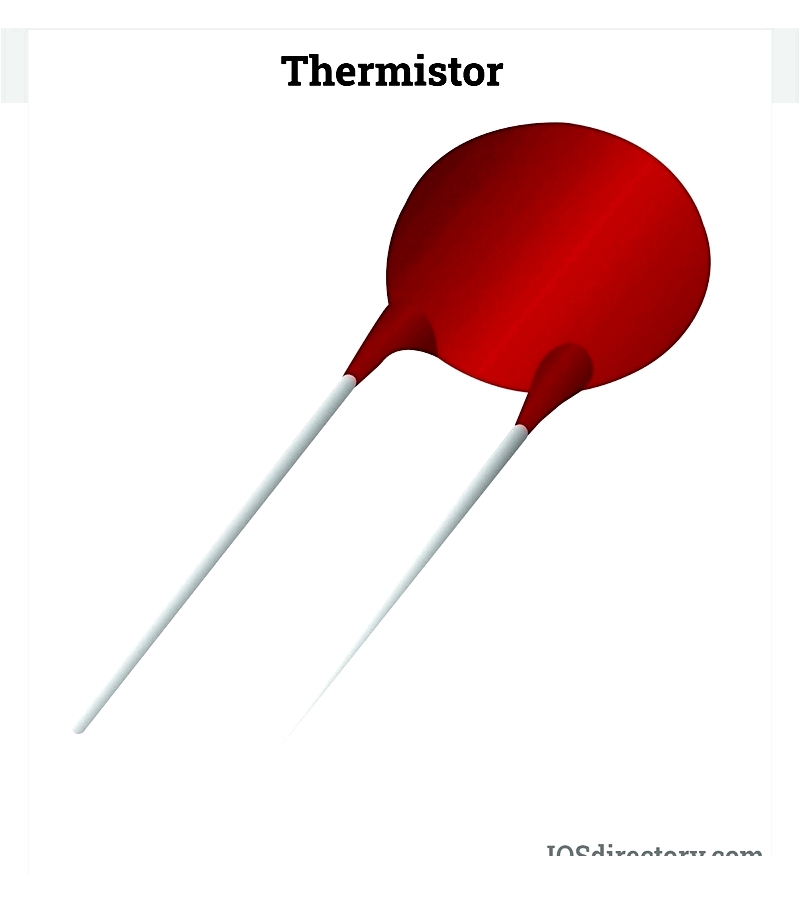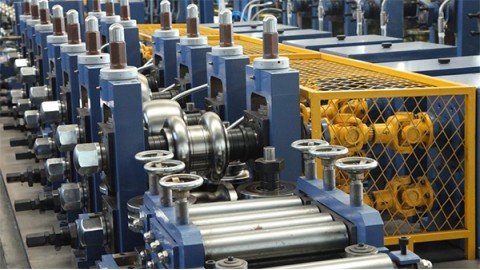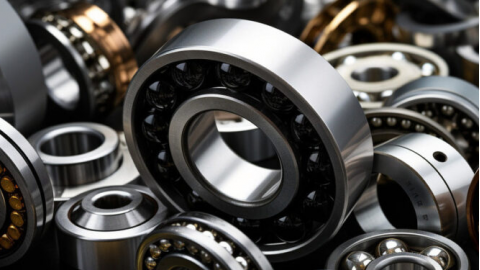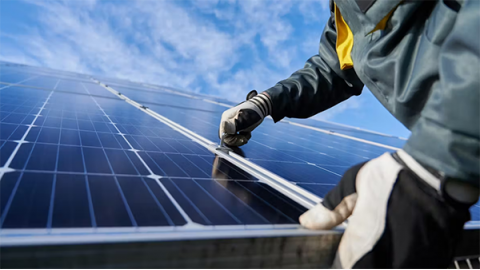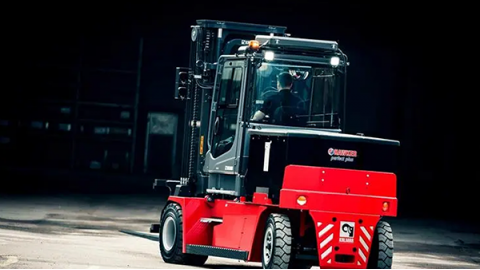Introduction
This article provides an in-depth exploration of temperature sensors.
Key topics covered include:
- Working Principles of Temperature Sensors
- Categories and Varieties of Temperature Sensors
- Practical Uses and Advantages of Temperature Sensors
- Additional Relevant Information
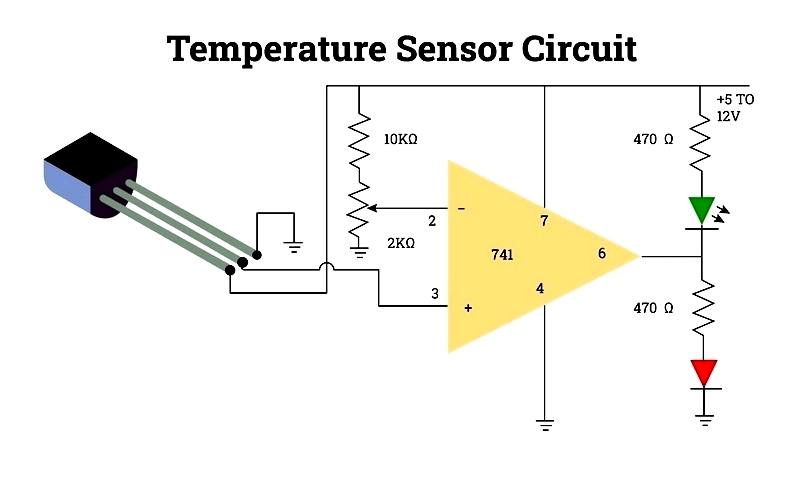
Chapter 1: Understanding Temperature Sensor Principles
This section examines the fundamental concepts of temperature sensors, including their functionality, key components, and operational mechanisms.
Defining Temperature Sensors
Temperature sensors measure thermal conditions by converting heat data into electrical signals. These devices are commonly found in household appliances like thermometers, microwaves, refrigerators, and water heaters, as well as in geotechnical monitoring applications.
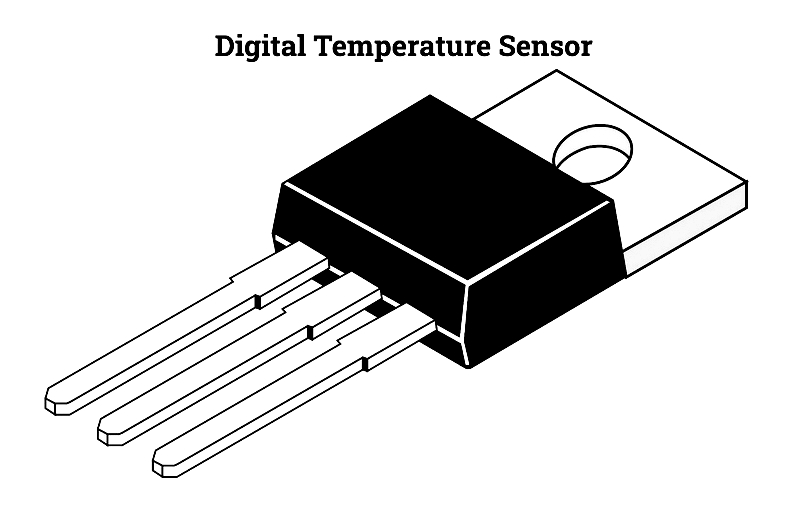
As essential measuring instruments, temperature sensors detect thermal changes and convert them into readable formats. Some specialized sensors are designed for monitoring temperatures in specific environments like buildings, soil, concrete structures, or boreholes.
Functions of Temperature Sensors
These devices determine an object's thermal state by measuring voltage changes across a diode. The diode's resistance varies with temperature fluctuations - decreasing in colder conditions and increasing when temperatures rise. This resistance is then converted into a numerical temperature reading. In geotechnical applications, they monitor internal temperatures of large infrastructure such as bridges, power plants, and dams.
Practical Applications
Temperature sensors fall into two main connection types: contact and non-contact. Contact sensors like thermistors and thermocouples physically touch the measured objects, while non-contact versions detect thermal radiation from heat sources.
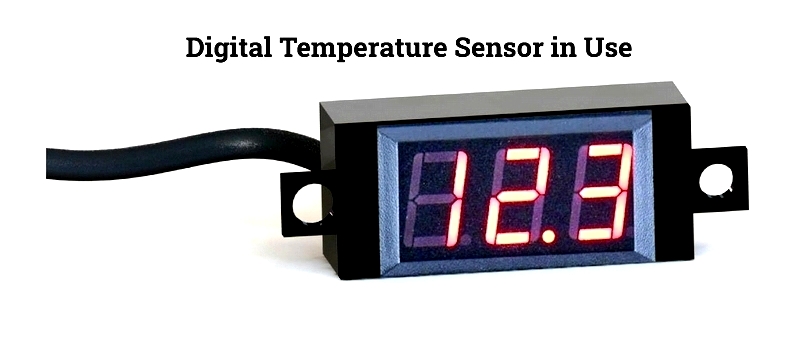
These instruments are employed in hazardous environments including nuclear plants and thermal power stations. They're also used to measure hydration heat in concrete structures and monitor groundwater flow in geotechnical applications.
During concrete curing, temperature sensors ensure proper setting by maintaining optimal warmth. They also track structural volume changes caused by seasonal temperature variations.
Operational Mechanism
Temperature sensors function by monitoring voltage changes across diodes. Rising temperatures increase voltage while decreasing the voltage between a transistor's base and emitter. Some models utilize stress variations caused by temperature changes.
Vibrating wire sensors use metals with different expansion coefficients. A magnetic wire under tension between these metals changes vibration frequency with temperature fluctuations. Aluminum is commonly used due to its higher expansion coefficient compared to steel.
The vibrating wire transducer converts temperature changes into electrical signals, which are then translated into frequencies for display.
Key Components
Temperature sensors consist of three component categories: core elements (like thermocouple cables), supporting parts (insulating beads and protective tubes), and operational components (controllers and converters).
Integration in Control Systems
For effective circuit integration, detection circuits must output usable data formats. Analog systems typically use resistance outputs, while digital systems require analog-to-digital conversion for microcontroller processing.
Semiconductor Sensors
Digital interface semiconductor sensors enable efficient microcontroller communication. RTDs and thermistors offer flexible resistance or voltage outputs for easy system integration.
These components can be incorporated into analog circuits through variable resistance. Voltage conversion can be achieved using a Wheatstone bridge configuration.
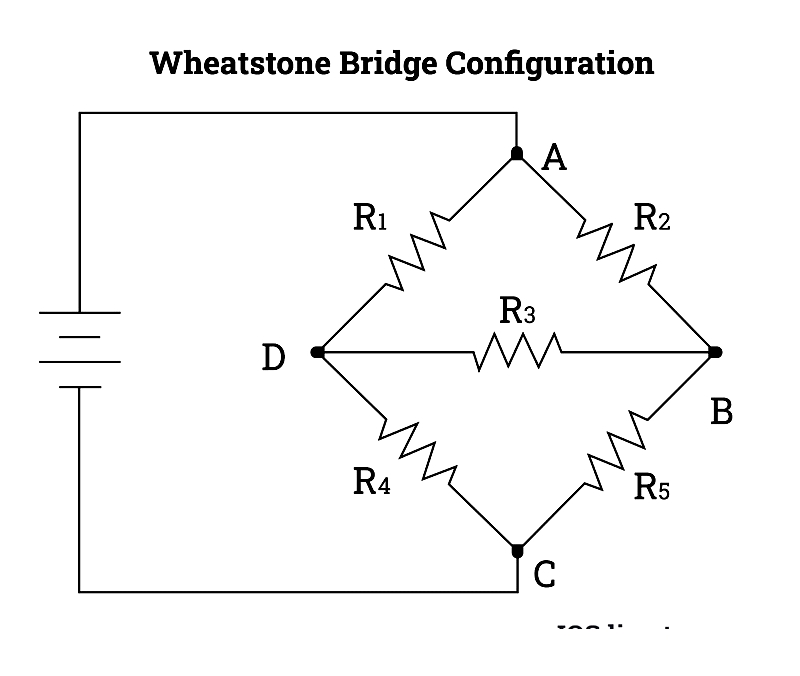
Non-linear sensors require output linearization, achievable through analog systems or digital lookup tables. Engineers employ various strategies to prevent overheating and maintain temperature control.
Sensor Elements
RTD elements serve as resistance components within assemblies designed for diverse conditions. Each RTD has a baseline resistance at a known temperature, with predictable variation patterns that enable temperature calculation.
Thin Film RTDs
Mass-produced through automated processes, thin film RTDs feature platinum layers on ceramic bases with photolithographed resistance paths. These compact elements offer faster response times and broader applications than wire-wound versions.
Ceramic-based RTDs
Ceramic elements may use wound wires or platinum helices in ceramic tubes for temperature stability. While other metals are available, platinum remains preferred due to its consistent performance.
Alternative metals may exhibit linearity issues and drift at lower temperatures, requiring frequent calibration adjustments.
Glass-Encased Elements
Wire-wound elements are also available in glass or quartz enclosures for specialized applications.
Chapter 2: Temperature Sensor Categories and Varieties
This chapter explores the primary classes and types of temperature sensors used in industrial automation, process control, HVAC systems, and research applications. It covers their working principles, applications, and advantages to help select appropriate measurement devices.
Sensor Classes
Temperature sensors are available in digital, analog, contact, and non-contact forms, broadly categorized as:
Contact Sensors
These measure temperature through direct physical contact with the medium. Examples include thermocouples, RTDs, and thermistors, offering high accuracy and rapid response for critical measurements.
Non-Contact Sensors
These detect infrared energy from objects, ideal for hazardous, moving, or inaccessible targets. Examples include infrared thermometers and thermal imaging cameras.
Sensor Types
Both classes include specialized types designed for specific applications, accuracy requirements, and temperature ranges.
Resistance Temperature Detectors (RTDs)
RTDs measure temperature through electrical resistance changes in pure metals like platinum. PT100/PT1000 models offer exceptional accuracy from -270°C to 650°C, making them ideal for laboratories and process industries.

Thermocouples
Comprising dissimilar metal junctions, thermocouples generate voltage proportional to temperature differences. Their rugged design and wide range (-200°C to 1750°C) make them suitable for industrial high-temperature applications.
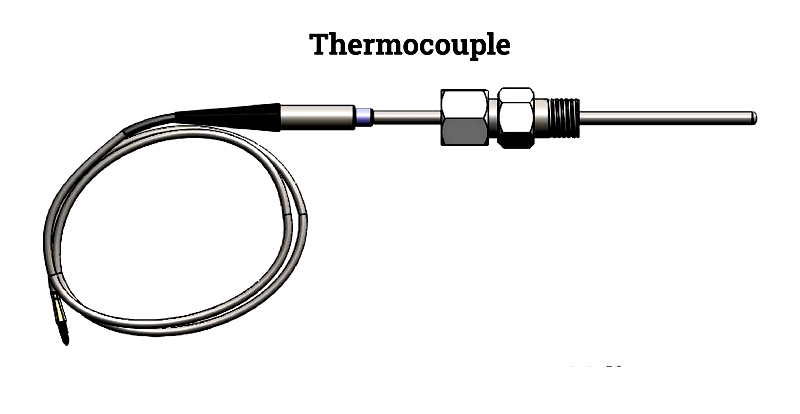
Thermocouple Applications:
- Type E: Vacuum and inert environments
- Type J: Oxygen-limited conditions
- Type K: Requires protective sheathing
- Type N: Resists sulfur oxidation
- Type T: Oxidizing or reducing atmospheres
- Types S/R/B: High-temperature applications with protective tubing
- Type C: Extreme temperatures with protective sheathing
Thermistors
These temperature-sensitive resistors offer high sensitivity in moderate ranges (-50°C to 250°C), ideal for medical devices, environmental monitoring, and electronic controls.
